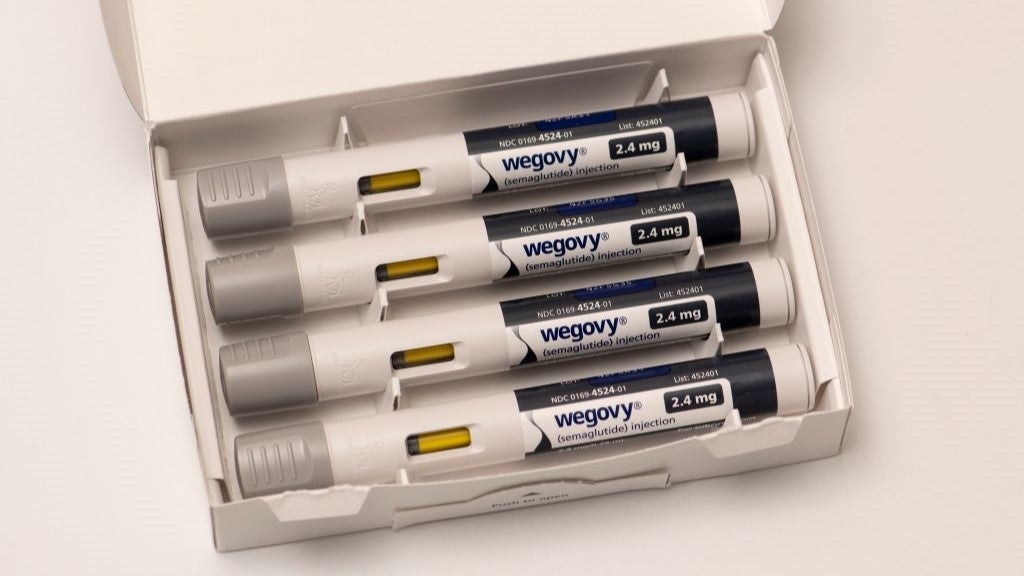Knowles has been granted a patent for a microelectromechanical systems (MEMS) die that includes two diaphragms and a sealed chamber. The die also features a tunnel that allows fluid communication through the diaphragms and a substrate opening. GlobalData’s report on Knowles gives a 360-degree view of the company including its patenting strategy. Buy the report here.
According to GlobalData’s company profile, Knowles's grant share as of September 2023 was 47%. Grant share is based on the ratio of number of grants to total number of patents.
A patent for a mems die with sealed chamber and tunnel
A recently granted patent (Publication Number: US11772961B2) describes a microelectromechanical systems (MEMS) die with various features. The die includes two diaphragms that enclose a sealed chamber, with a stationary electrode positioned between them. The die also features a tunnel that passes through the diaphragms but does not pass through the stationary electrode, providing fluid communication from an opening in the substrate through the diaphragms.
One notable aspect of the MEMS die is that the tunnel is located farther out from the center of the die than the outer edge of the stationary electrode. This positioning allows for efficient fluid communication through the tunnel. Additionally, the opening of the substrate is partially overlapped with the tunnel, further facilitating fluid flow.
The patent also mentions that the pressure within the sealed chamber is below 10,000 Pa, indicating that the die is designed to operate under low-pressure conditions. The substrate is coupled to the second diaphragm using sacrificial material, and at least a portion of the second diaphragm may be directly attached to the substrate.
The tunnel is defined by a wall, and some parts of the wall are surrounded by sacrificial material. The first and second diaphragms may both include movable electrodes, and the stationary electrode may have apertures through which pillars pass, connecting the two diaphragms.
In some embodiments, the first and second diaphragms have extensions that extend beyond the perimeter of the stationary electrode, and the tunnel passes through these extensions. The perimeters of the diaphragms, except for the extensions, are within the perimeter of the stationary electrode.
The MEMS die may include multiple tunnels, each passing through the diaphragms and sealed off from the chamber. The stationary electrode may have cutouts, and the tunnel(s) may extend through these cutouts. The opening of the substrate may be offset from the tunnel, and the opening of the tunnel may be restricted by a series of holes or slots.
Overall, this granted patent describes a MEMS die with specific features and configurations that enable efficient fluid communication and low-pressure operation. These features may have applications in various fields, including microfluidics and sensing technologies.
To know more about GlobalData’s detailed insights on Knowles, buy the report here.
Data Insights
From

The gold standard of business intelligence.
Blending expert knowledge with cutting-edge technology, GlobalData’s unrivalled proprietary data will enable you to decode what’s happening in your market. You can make better informed decisions and gain a future-proof advantage over your competitors.







